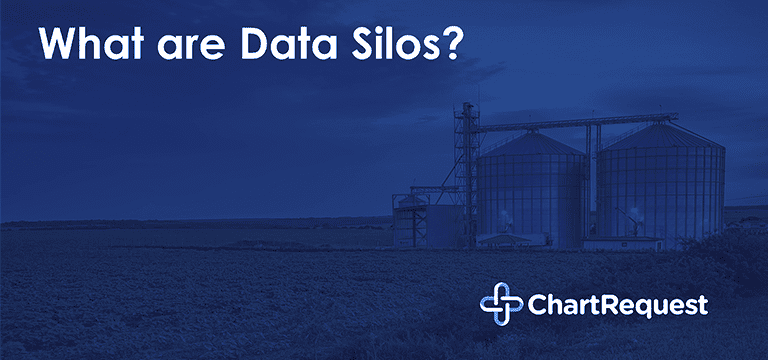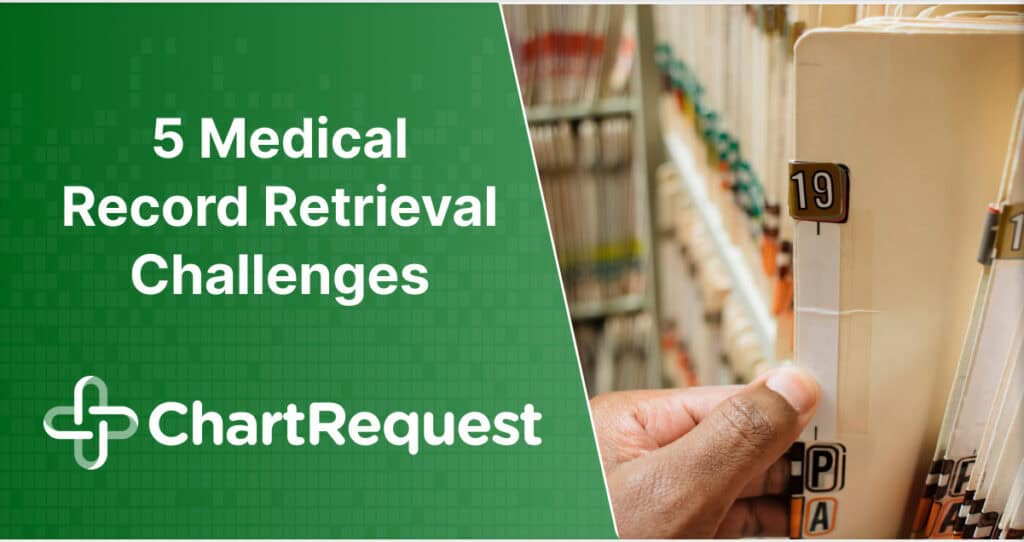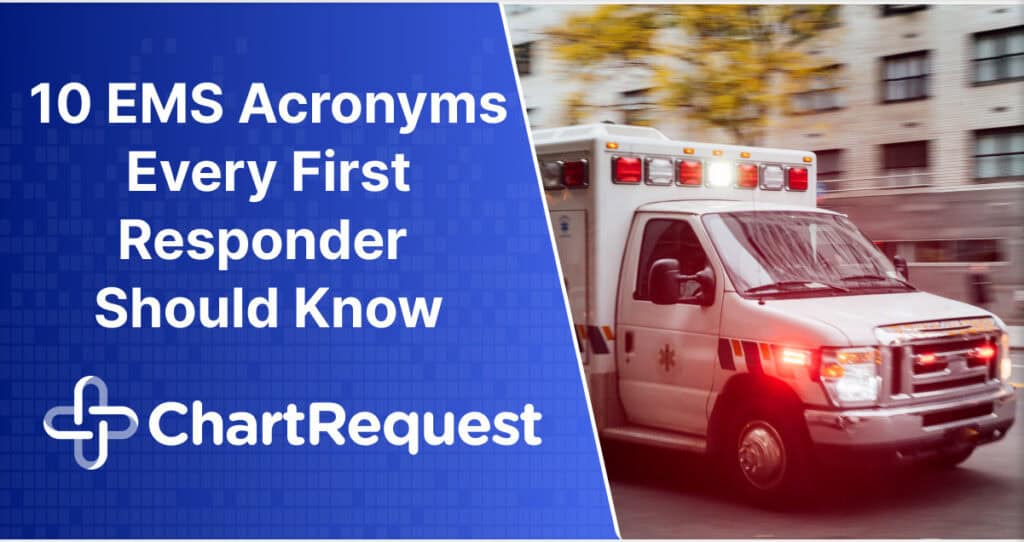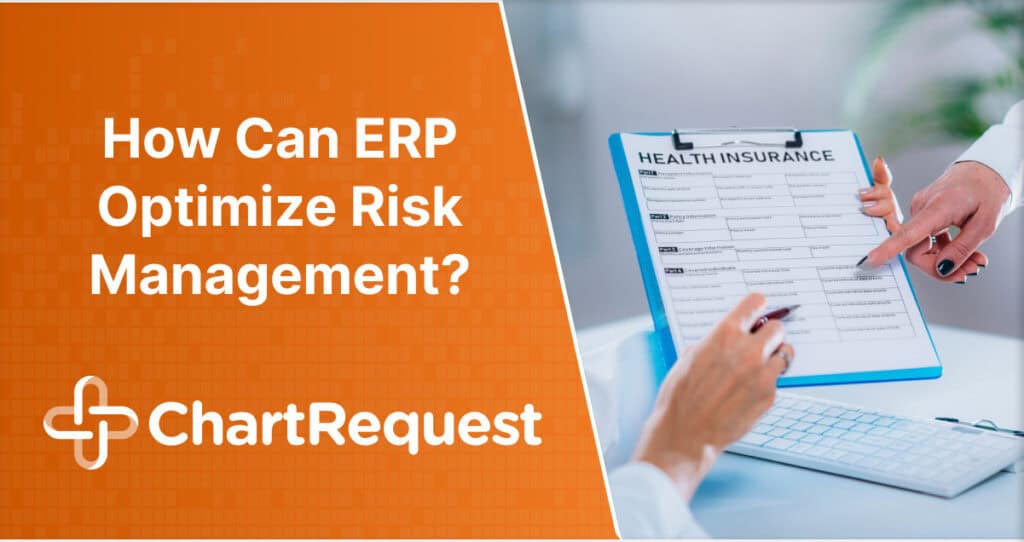Named after the silos that keep grain safe from the outside world, data silos, also known as information silos, are large collections of information that can only be retrieved and viewed by authorized individuals. In healthcare, data silos generally refer to incompatible electronic health record (EHR) systems. Without data integration capabilities, it becomes significantly harder to share information.
What causes data silos?
In the early days of electronic health records (EHR), their potential for speeding up the exchange of medical information was clear. Several different EHR systems were developed by companies racing to become the front-runner in an emerging technological frontier.
When the U.S. Department of Health and Human Services (HHS) passed the Health Information Technology for Economic and Clinical Health (HITECH) Act as part of the American Recovery and Reinvestment Act (ARRA) in 2009, it sought to promote the adoption and meaningful use of the EHR systems that met certification guidelines. It did not, however, establish an industry-standard system.
Before the HITECH Act, only about 10% of healthcare providers used an electronic health record system. As healthcare providers adopted different certified EHR systems in droves to receive incentive payments, most medical records moved from paper files to digital files.
Unfortunately, most EHR systems are incompatible with each other. While they help improve medical record portability compared to paper records, this is only the case for other professionals who use the same system.
Releasing medical records to people who don’t use the same EHR system requires either using a medical records exchange and care coordination platform or rolling the dice with risky, outdated methods like faxing or mailing the documents.
The more time-consuming methods of releasing siloed data cost healthcare professionals significantly more energy to complete. The stringent guidelines of the HIPAA Security Rule and Privacy Rule threaten covered entities with colossal penalties for HIPAA noncompliance, which further slows the exchange of data.
These regulations also require covered entities to keep audit logs throughout the release of information. Documentation is essential to protect covered entities in the case of an audit, but this is just another step that delays the release of information.
Accessible data is valuable data
Healthcare providers spend an average of 10 hours every week handling administrative duties. The strain of manually chiseling away at a mountain of record requests – and staying HIPAA-compliant for each one – is a major cause of physician burnout.
The high administrative cost of releasing protected health information (PHI) using traditional methods also contributes to the hectic schedules healthcare providers must keep in order to meet their bottom lines. This actively works against the value-based care model by limiting the time physicians can spend with each patient.
Additionally, healthcare providers can’t review a patient’s entire medical history when it’s scattered across several incompatible systems. When siloed medical data is easily exchangeable between healthcare providers, they can provide better care. Collaborative care can bring unique insights into a patient’s case and help determine the root of their ailments faster.
Improving the flow of information also improves the overall patient experience. When healthcare providers spend less time processing the exchange of PHI, they can spend more time using the information to help the patient.
When more experts review patient information, the chances of medical error decrease because they are more likely to find and correct errors before they can be spread. It’s important to promote this; medical error is the third leading cause of death in the United States.
Unfortunately, the rigid security standards of HIPAA slow down the release of information. The covered entities and their business associates to which the various rules apply need to enforce appropriate measures. Failure to comply may result in criminal and financial penalties, which can reach $1.5 million per incident per year.
How do we break down data silos?
ChartRequest is a streamlined, HIPAA-compliant care coordination and medical records exchange platform that promotes value-based care and patient empowerment. We bridge the gap between incompatible EHR systems.
Save time and money. By releasing medical records with us, healthcare providers can save on costly, complicated administrative hours. Medical records exchange is quick and easy with ChartRequest. It’s even easier when you upgrade to a full-service plan to outsource the entire process to our experts.
Smoother exchange of protected health information. When patients and legal professionals submit medical records requests through our platform, they experience a streamlined workflow customized to their user type. With ChartRequest, submitting a medical records request takes just minutes, and the turnaround time can be just a few days.
Personal health records. ChartRequest offers patients the ability to build their personal health records by securely collecting and storing their medical records. The patients who do this will only need to request each record one time. After that, they can share them directly with other healthcare providers independently.
Never miss a request. HIPAA regulations require healthcare providers and other covered entities to release medical records within 30 days of receiving a request. Some states have even shorter deadlines that take precedence. As such, healthcare providers who lose or forget a request are inadvertently violating HIPAA.
Transparency reduces phone calls. The more information your patients can access, the less they will need to call about. ChartRequest allows requestors to check for status updates anytime. Additionally, the provider chat feature allows them to reach out digitally instead of making phone calls.
ChartRequest is the ultimate tool for healthcare providers who need help releasing medical records. Sign up for your account today.
Click here to read our complete guide to electronic health records for healthcare providers.








